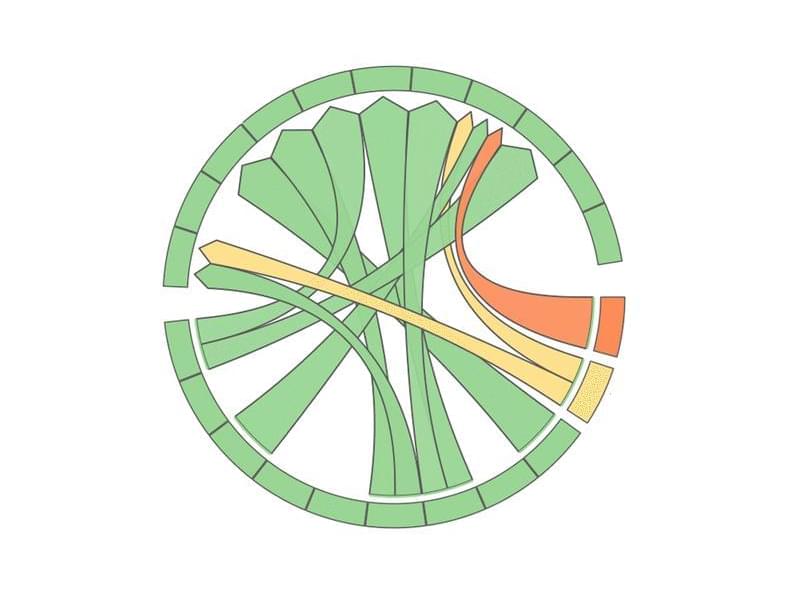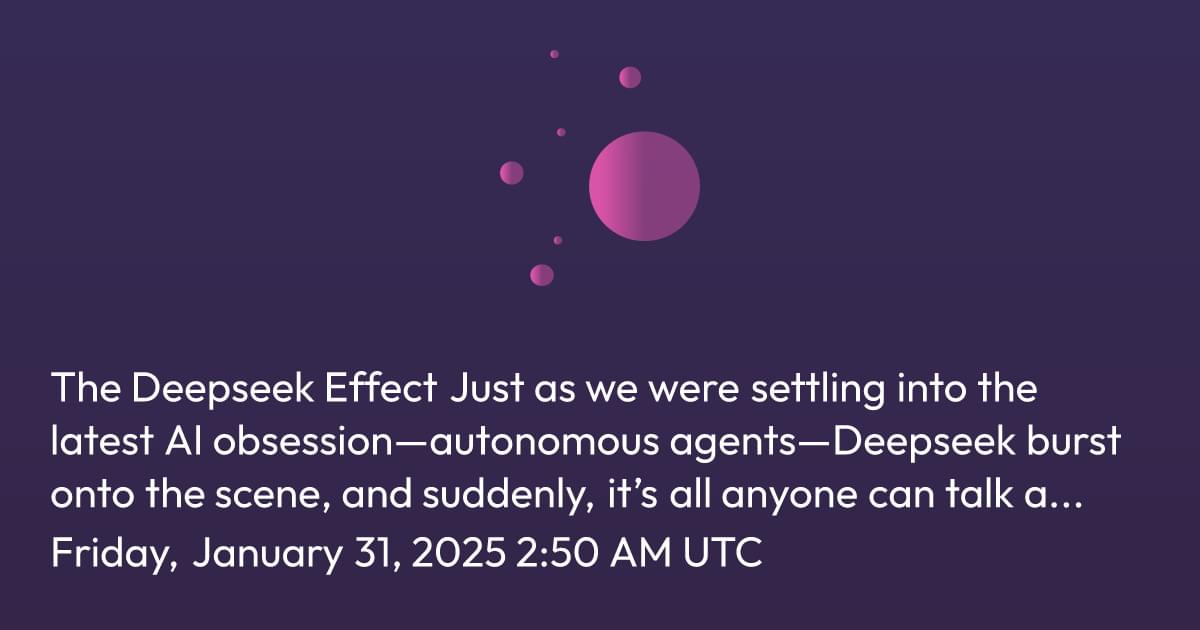Blue Origin’s NS-29 mission will simulate the Moon’s gravity, testing 30 payloads focused on lunar tech. In partnership with NASA, the flight will provide critical data on six lunar technology areas: in-situ resource utilization, dust mitigation, habitation systems, sensors, small spacecraft, and entry descent/landing. For the first time, the New Shepard crew capsule will spin at 11 RPM, simulating lunar gravity, helping to lower the cost of space access. This testing supports NASA’s Artemis program, advancing innovation for future lunar exploration.
Category: innovation – Page 41

Metal alloy shows practically no thermal expansion over extremely large temperature interval
Most metals expand when their temperature rises. The Eiffel Tower, for example, is about 10 to 15 centimeters taller in summer than in winter due to its thermal expansion. However, this effect is extremely undesirable for many technical applications.
For this reason, scientists have long been searching for materials that always have the same length regardless of the temperature. Invar, for example, an alloy of iron and nickel, is known for its extremely low thermal expansion. How this property can be explained physically, however, was not entirely clear until now.
Now, a collaboration between theoretical researchers at TU Wien (Vienna) and experimentalists at University of Science and Technology Beijing has led to a decisive breakthrough.




From burnout to endurance: Coaching immune cells to go the distance
The immune system is a marathon, not a sprint.
New research reveals stem-like T cells that help fight disease longer—a breakthrough for cancer treatments and vaccines. Discover more via Pursuit → unimelb.me/3EnoujK
It’s a reminder that, much like training for a race, scientific discovery demands persistence, teamwork and a clear goal.
While more work is needed to translate these findings into real-world applications, harnessing the unique strengths of stem-like T cells and their regulation paves the way for innovative treatments that could redefine how we tackle chronic diseases and cancer.
This study is a collaborative effort between the Doherty Institute, the Peter MacCallum Cancer Centre, La Trobe University, Northwestern University (USA), the Olivia Newton-John Cancer Research Institute, the University of Birmingham (UK) and the University of Melbourne.
China’s $5M AI EXPOSED: The Breakthrough That Made NVIDIA Stock CRASH (and the Terrifying Truth)
A Chinese company just created an AI model as powerful as ChatGPT for only $5M — causing NVIDIA’s stock to plummet 17%.
But there’s a darker story I believe nobody’s talking about…
In this deep dive, we uncover:
-How DeepSeek R1 matches OpenAI’s performance at a fraction of the cost.
–Why NVIDIA’s stock crash doesn’t tell the full story.
–Exclusive insights from an FAA data scientist about concerning patterns.
–Critical privacy risks that are being overlooked.
–The strategic implications for US-China AI competition.
–Trump’s emergency declaration and the $1.1B Texas AI facility.
Plus: Breaking down the real risks of using \.
The Man Behind DeepSeek (Liang Wenfeng)
Discover China’s Best – Best Prices on Trip.com! ✈️ : https://bit.ly/3DBipQe.
Experience China’s Bullet 🚅 : https://www.trip.com/t/OkTg4FPMnZ1
Want to sponsor the next East Money video? Get in touch:: [email protected].
Discover how the Chinese startup DeepSeek is revolutionizing AI with its groundbreaking models! In this video, we dive into the journey of Liang Wenfeng, the innovative mind behind DeepSeek, and explore how their latest model, DeepSeek-V3, outperforms industry giants using surprisingly basic hardware. Learn about their unique approach to talent acquisition, the significance of open-source development, and how they are democratizing access to advanced AI technology. Join us as we analyze the impact of DeepSeek on the global AI landscape and what it means for the future of artificial intelligence. Don’t forget to like, comment, and subscribe for more insights on AI breakthroughs!
#Eastmoney #Documentry #deepseek

Cerebras becomes the world’s fastest host for DeepSeek R1, outpacing Nvidia GPUs by 57x
More than 10X… 57X faster! 🔥
Exponential growth! 🚀
Cerebras Systems announced today it will host DeepSeek’s breakthrough R1 artificial intelligence model on U.S. servers, promising speeds up to 57 times faster than GPU-based solutions while keeping sensitive data within American borders. The move comes amid growing concerns about China’s rapid AI advancement and data privacy.
The AI chip startup will deploy a 70-billion-parameter version of DeepSeek-R1 running on its proprietary wafer-scale hardware, delivering 1,600 tokens per second — a dramatic improvement over traditional GPU implementations that have struggled with newer “reasoning” AI models.

The Deepseek Effect. The Deepseek Effect
Just as we were settling into the latest AI obsession—autonomous agents—Deepseek burst onto the scene, and suddenly, it’s all anyone can talk about. But beyond the hype, what does the “DeepSeek Effect” actually mean for AI innovation, geopolitics, and the industry’s competitive landscape? An open discussion.
Speakers: Chris, Cecile Tamura, Riju Pahwa